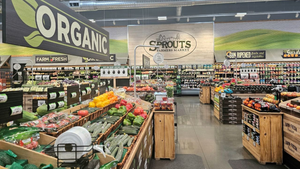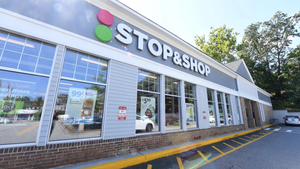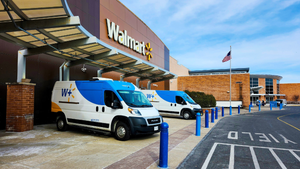BINGHAMTON MARKETS TRIES ELECTRONIC SHELF LABELSBINGHAMTON MARKETS TRIES ELECTRONIC SHELF LABELS
JOHNSON CITY, N.Y. -- It is not just the big players who are testing electronic shelf labels. Binghamton Giant Markets here is seeking to increase price accuracy, reduce labor costs and improve customer service with an electronic shelf-label pilot at its flagship store in Binghamton, N.Y."We have looked at [ESLs] for some time in Connecticut, and we wanted to take an orderly approach [to making a
May 31, 1999
PATRICK SCIACCA
JOHNSON CITY, N.Y. -- It is not just the big players who are testing electronic shelf labels. Binghamton Giant Markets here is seeking to increase price accuracy, reduce labor costs and improve customer service with an electronic shelf-label pilot at its flagship store in Binghamton, N.Y.
"We have looked at [ESLs] for some time in Connecticut, and we wanted to take an orderly approach [to making a decision]," said James Whittaker, director of management support services for the 12-store retailer.
Between 12,000 and 15,000 wireless digital labels, which receive product pricing information through the store's central price database, are expected to be fully operational in the flagship store by the end of August.
The wireless ESL system from NCR Corporation, Dayton, Ohio, will use the retailer's current price-maintenance database.
"We don't have to go to another PC," Whittaker said. "It allows us to use our database."
The wireless technology transmits prices from the price database used by the store's point-of-sale system to digital information tags throughout the store.
The pilot is open-ended and will enlist the help of a consumer focus group to gauge reaction to the new technology. The retailer said its customers are interested in the ESL tags, so it wanted their feedback.
The tags will be placed in multiple departments such as frozens, dairy and dry grocery to determine where they work best.
"We want to see how the tags react [in different environments]," Whittaker told SN, noting that the greatest challenge to date has been how to lock the tags in place.
"The footprint [for the ESL tags] is the same [as for paper labels]," Whittaker said. But he added that the retailer has tried three different fastening systems to secure the electronic tags.
The pilot will feature two different-sized tags; small tags will be used for products such as spices and Jell-O, and larger tags for other items.
About the Author
You May Also Like
.webp?width=300&auto=webp&quality=80&disable=upscale)



